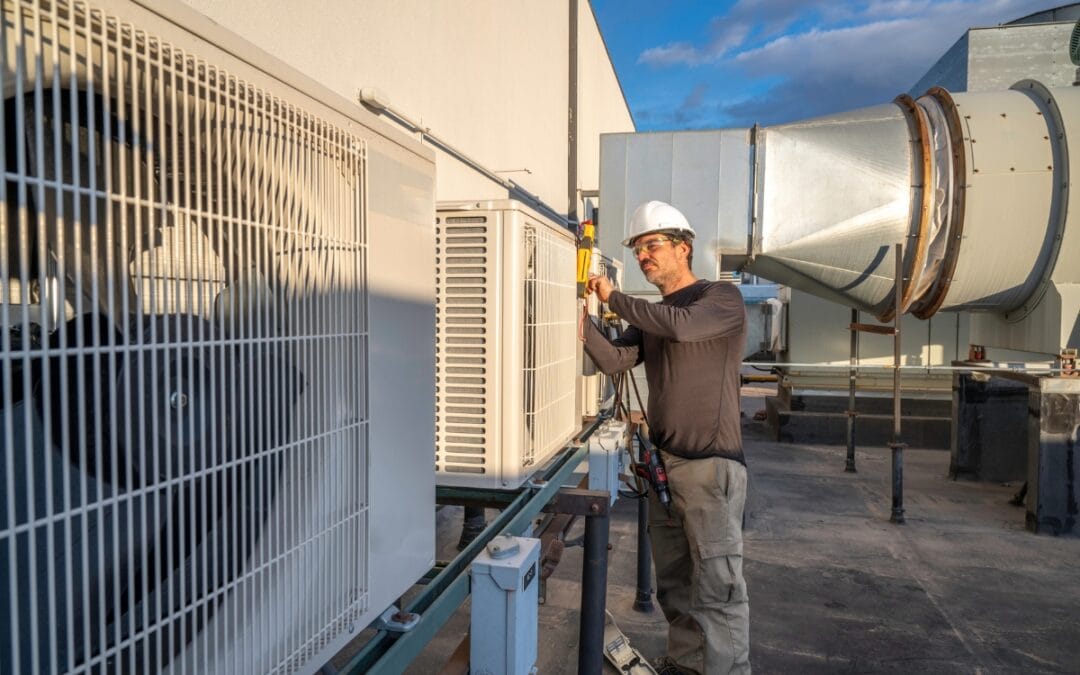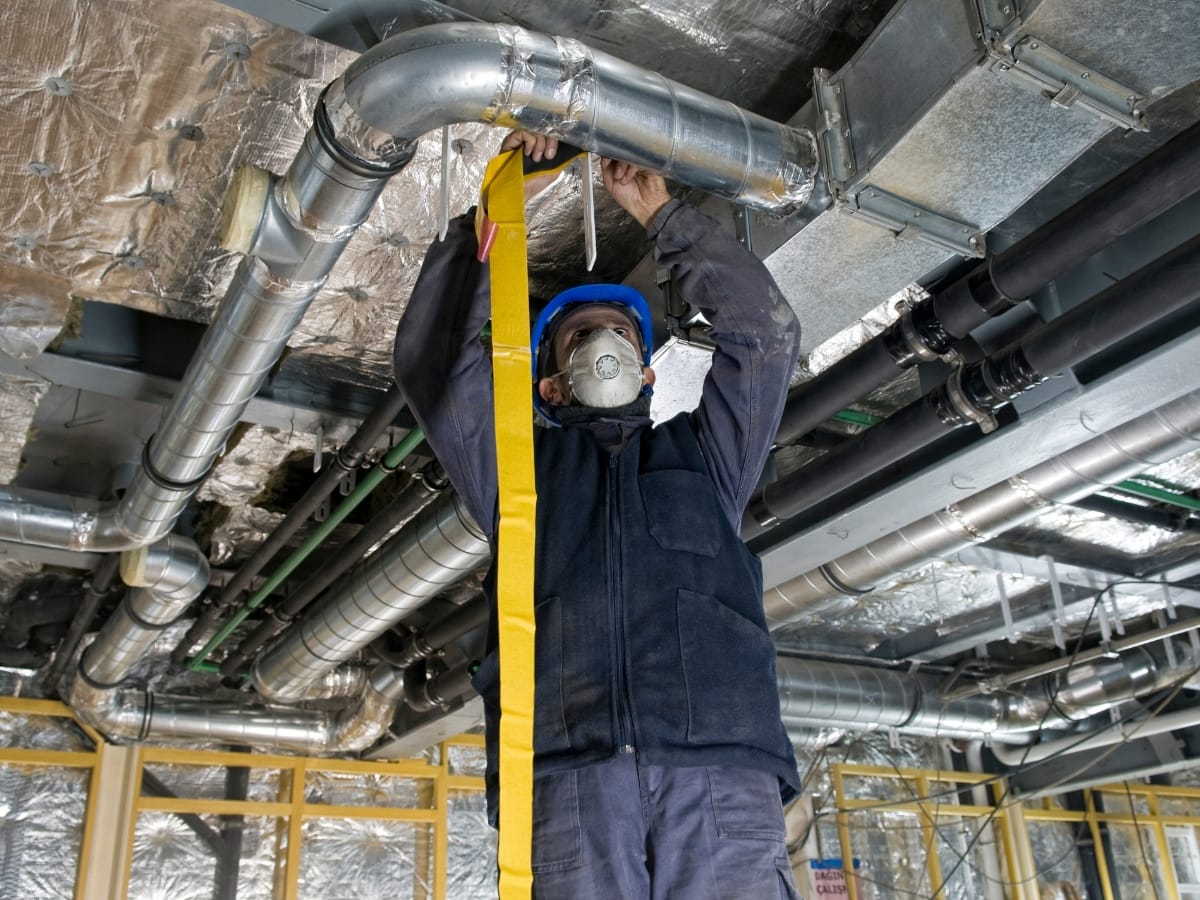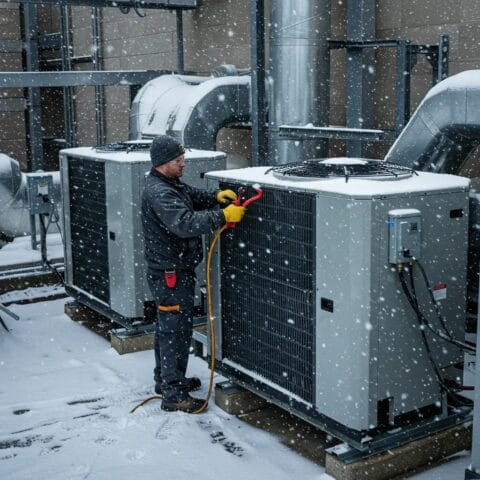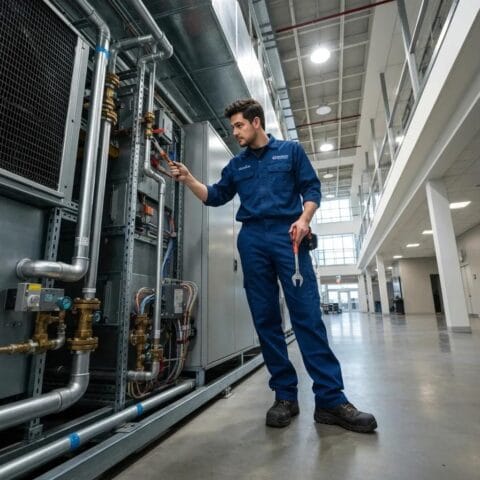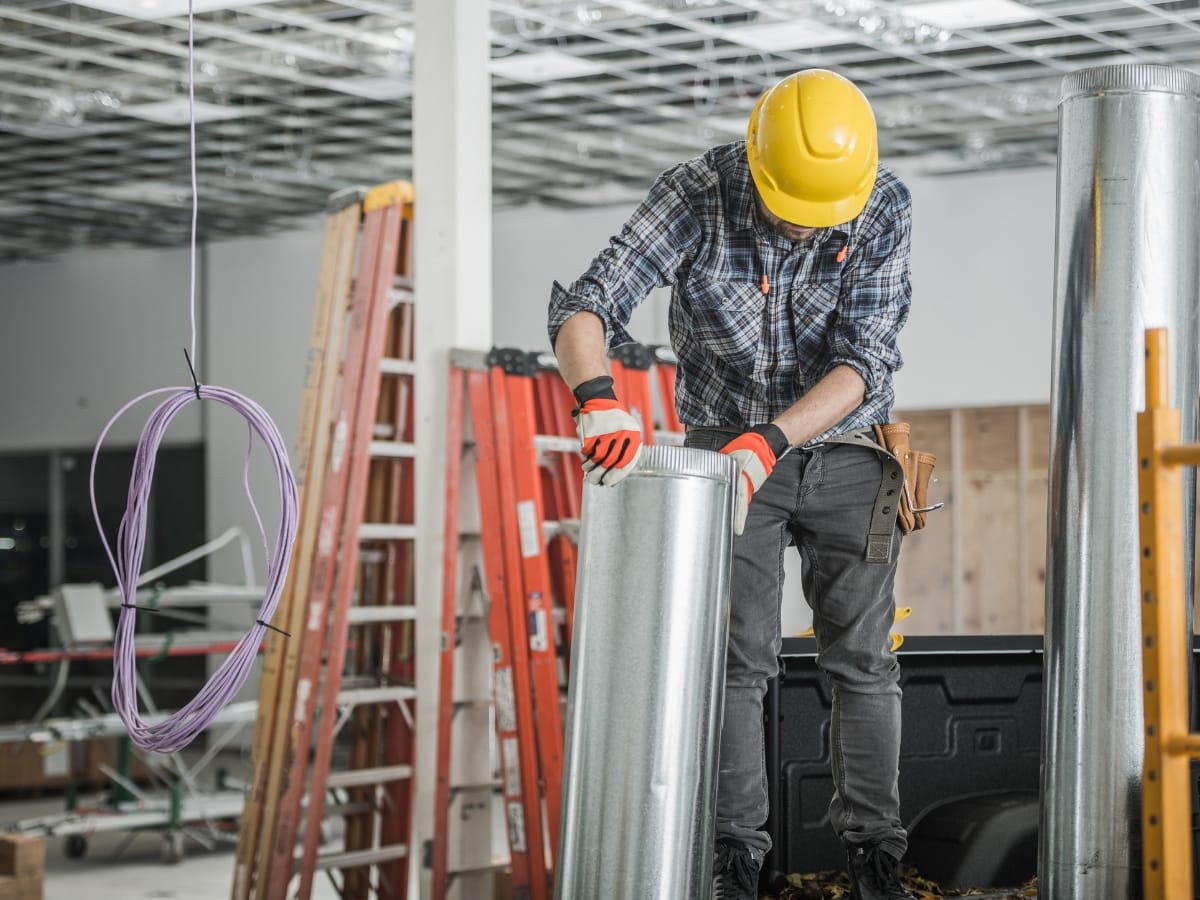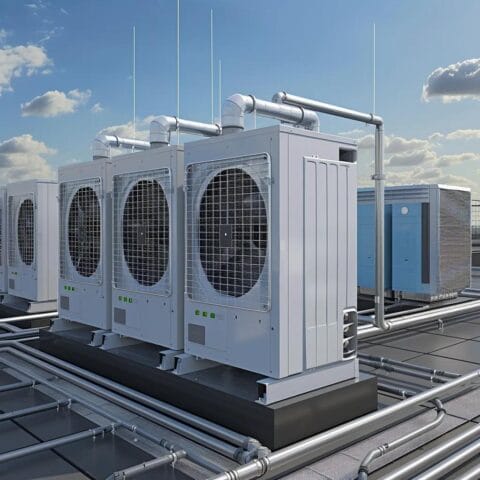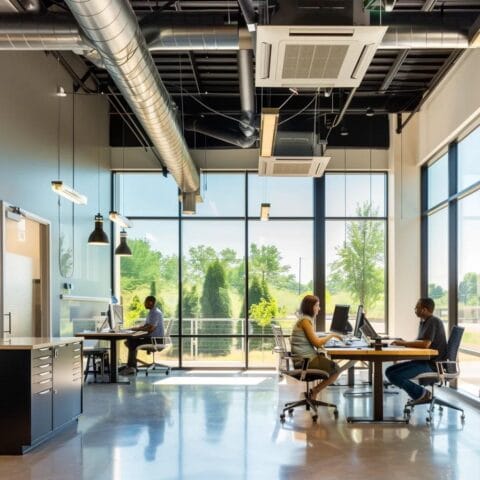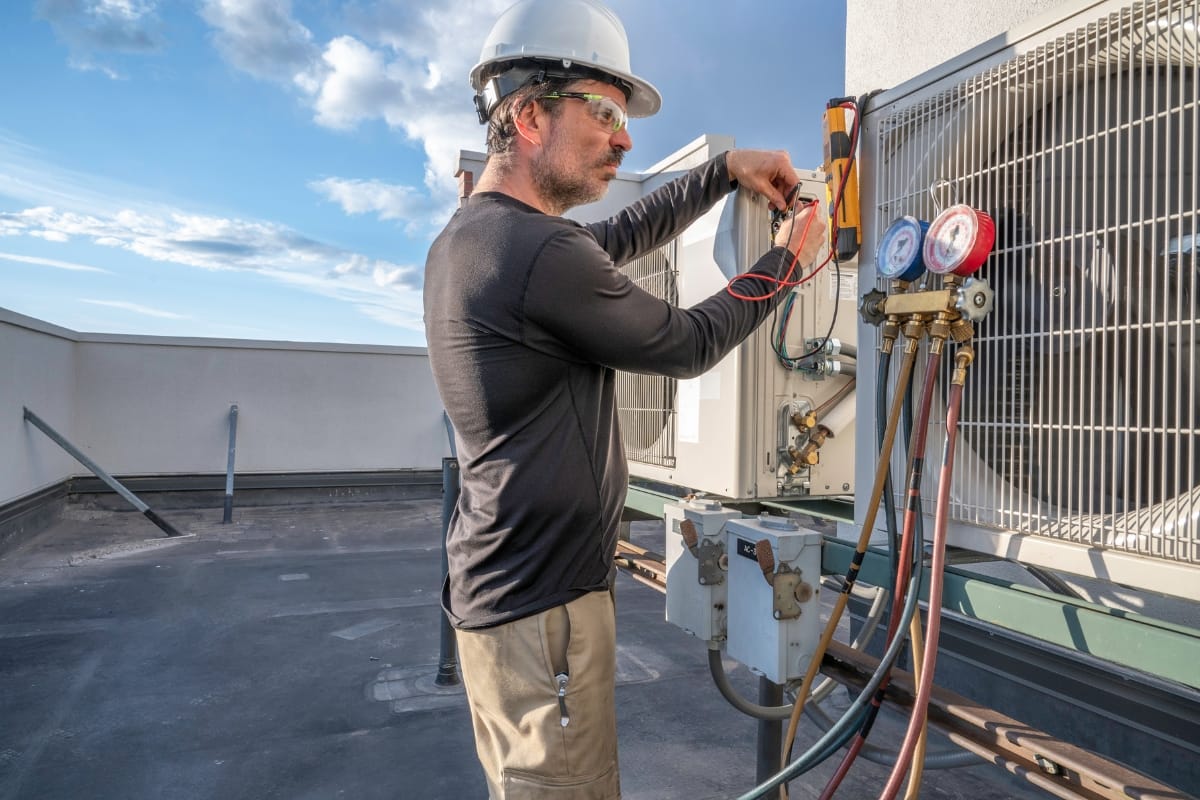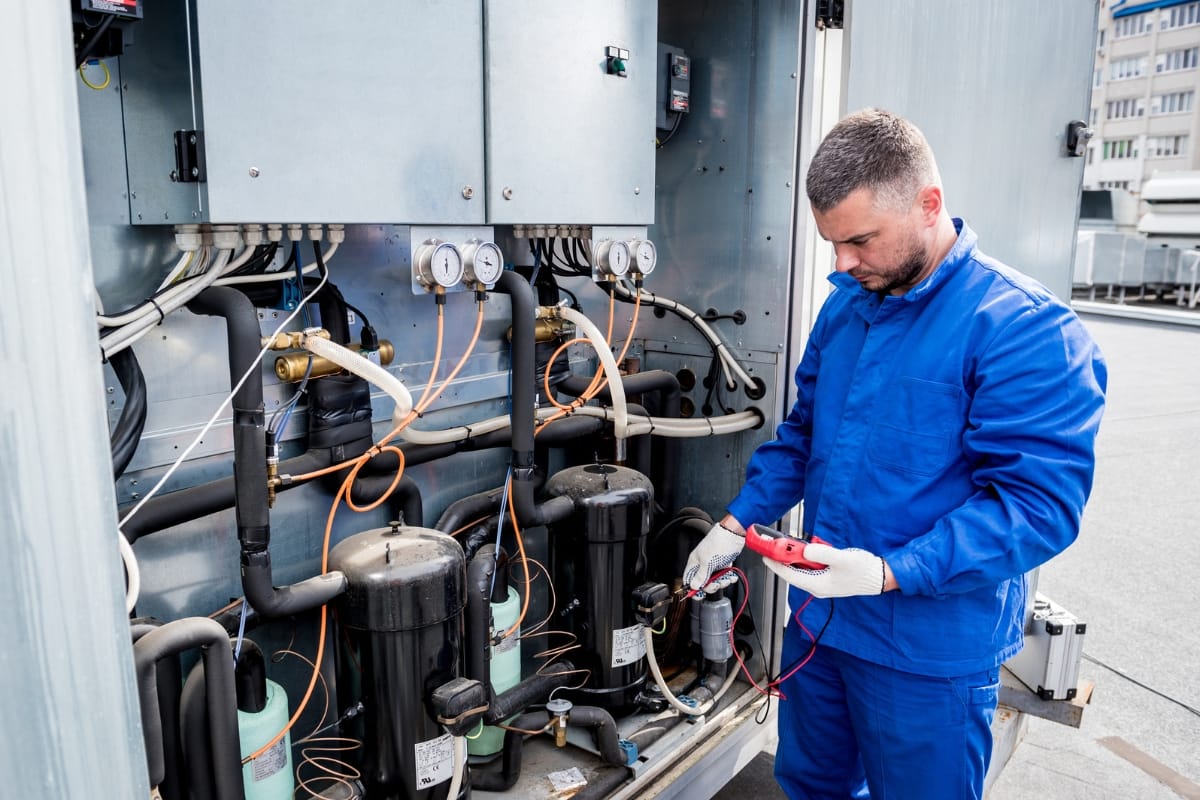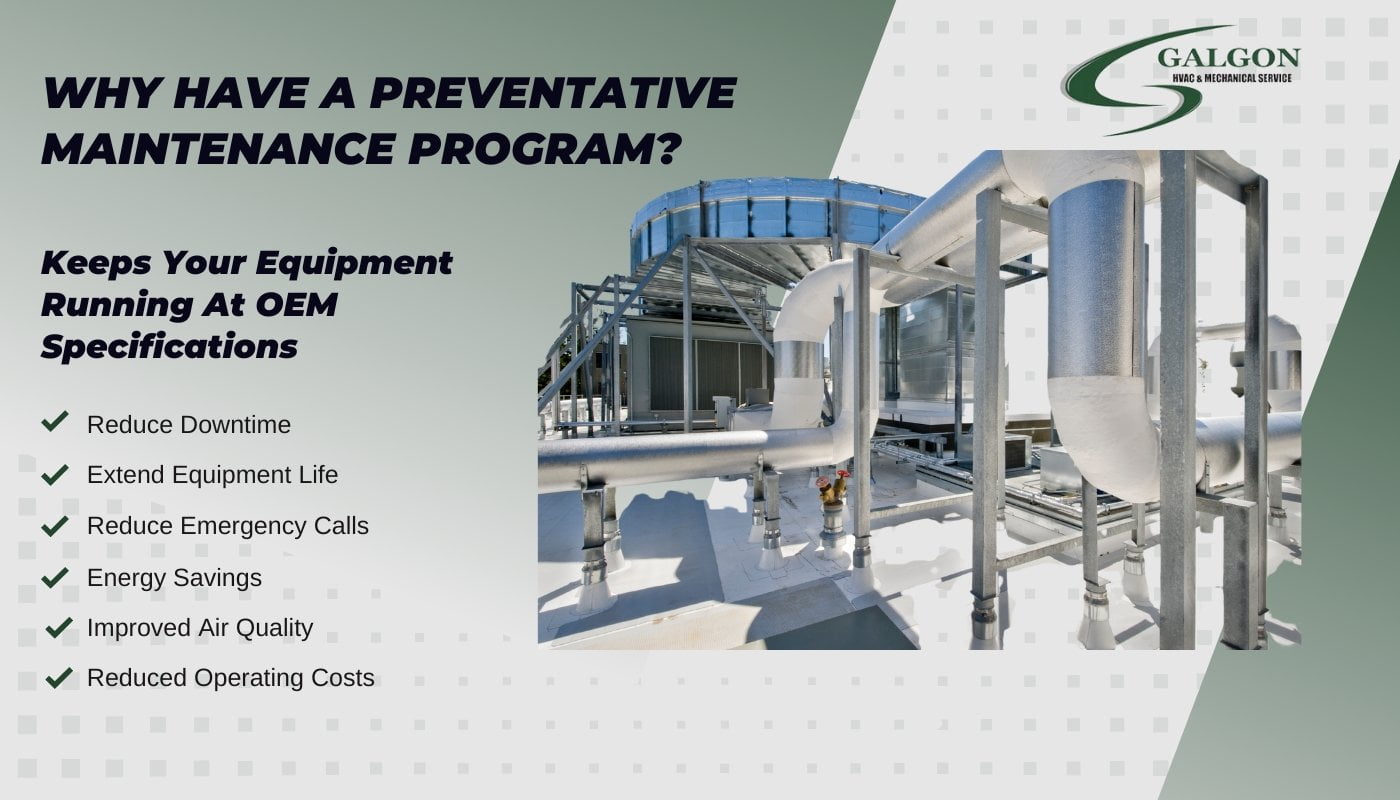Advancements in HVAC technology are revolutionizing the way commercial buildings operate, offering innovative solutions that enhance both efficiency and sustainability. From smart systems that optimize energy usage to advanced ventilation techniques that improve indoor air quality, these innovations are helping businesses reduce costs while creating healthier, more comfortable environments.
In this guide, we’ll explore how the latest HVAC advancements are transforming commercial building efficiency, highlighting key technologies and strategies that are reshaping the future of climate control.
Whether you’re managing a large facility or planning a new development, discover how these cutting-edge HVAC systems can elevate performance, reduce environmental impact, and support long-term operational success.
Discover the Latest HVAC Advancements Revolutionizing Comfort
Smart Sensors Revolutionizing Temperature Regulation
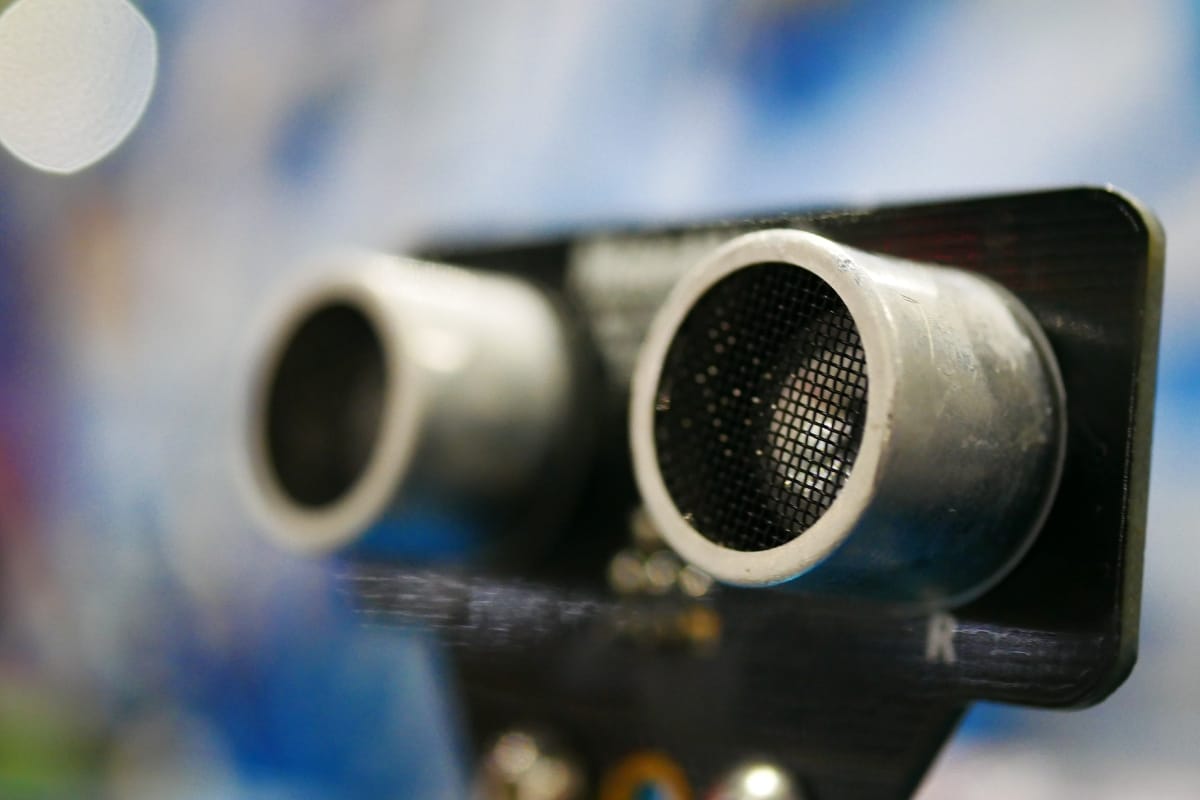
One of the most significant advancements in smart HVAC technology is the integration of smart sensors into temperature regulation systems.
These sensors are designed to collect and analyze data in real-time, allowing for precise control over heating and cooling. By continuously monitoring factors such as occupancy, weather conditions, and indoor air quality, these sensors can adjust temperature settings accordingly, ensuring optimal comfort while minimizing energy waste.
Smart sensors go beyond traditional thermostats by learning from usage patterns and adapting to individual preferences. For example, if a conference room is frequently occupied during certain hours of the day, the sensor will anticipate this pattern and adjust the temperature accordingly. This not only eliminates the need for manual adjustments but also reduces energy consumption during periods of low occupancy.
Furthermore, smart sensors can communicate with other building systems to optimize overall efficiency. For instance, if a room is unoccupied for an extended period, the sensor can signal the lighting system to turn off or lower its intensity, further reducing energy usage. By harnessing the power of data and automation, smart sensors revolutionize temperature regulation in commercial buildings.
Predictive Climate Control: Harnessing the Power of Data
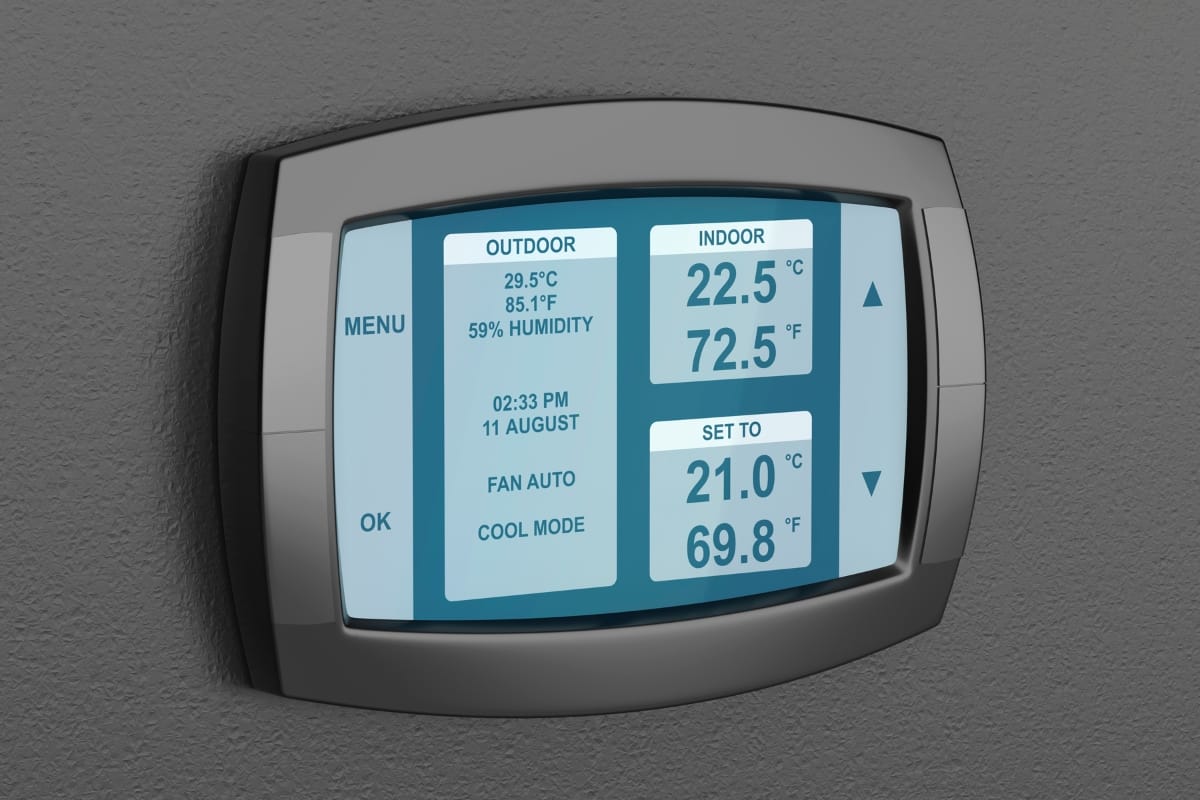
The integration of predictive analytics into HVAC systems takes temperature regulation to a whole new level. By analyzing historical data and using algorithms to predict future climate patterns, these systems can proactively adjust settings to maintain optimal comfort while minimizing energy consumption.
Predictive climate control utilizes machine learning algorithms that continuously learn from data inputs such as weather forecasts, occupancy patterns, and building characteristics. This allows HVAC systems to anticipate changes in climate conditions and make preemptive adjustments before occupants even notice a difference.
For example, if a heatwave is predicted for the next day, predictive climate control can gradually lower temperatures overnight to pre-cool the building, ensuring a comfortable environment when occupants arrive in the morning. Similarly, during colder months, the system can anticipate drops in temperature and adjust heating settings accordingly.
By harnessing the power of data and predictive analytics, commercial buildings can optimize energy usage without compromising comfort. Predictive climate control not only reduces operational costs but also contributes to a more sustainable future by minimizing energy waste.
Renewable Energy Integration in HVAC Systems
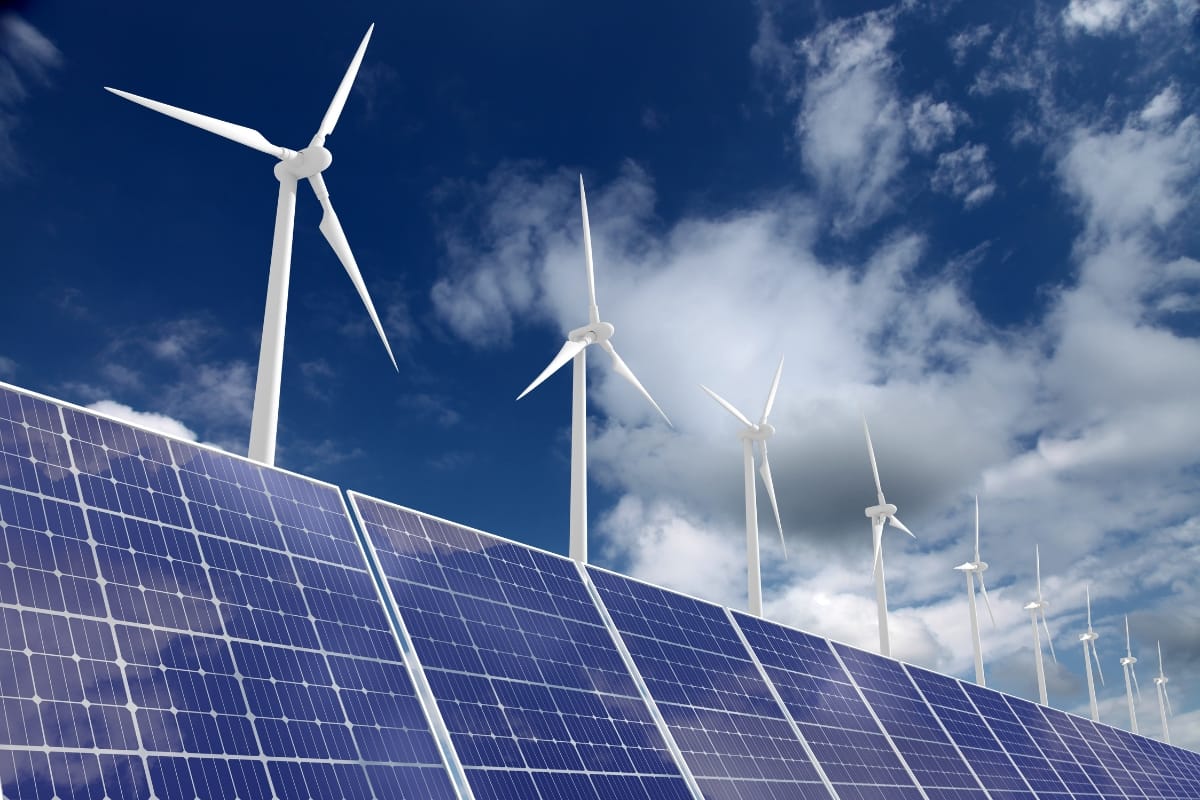
The integration of renewable energy sources into HVAC systems is another significant advancement that is transforming commercial building efficiency. Traditionally, HVAC systems rely heavily on fossil fuels or grid electricity, which contribute to greenhouse gas emissions and are subject to price fluctuations.
However, with the increasing availability and affordability of renewable energy technologies such as solar panels and geothermal systems, commercial buildings can now generate their own clean energy to power HVAC systems. This not only reduces reliance on traditional energy sources but also provides long-term cost savings.
Renewable energy integration in HVAC systems works by capturing natural resources such as sunlight or heat from the ground and converting them into usable energy for heating, cooling, and ventilation. This sustainable approach not only reduces carbon emissions but also creates a more resilient and self-sufficient building infrastructure.
Enhanced Air Quality Through Advanced Filtration Technologies

Poor indoor air quality can have detrimental effects on occupant health and productivity. To address this issue, HVAC advancements have focused on incorporating advanced filtration technologies that effectively remove pollutants from indoor air.
Traditional HVAC filters primarily target larger particles such as dust and pollen. However, advanced filtration technologies go a step further by capturing smaller particles like bacteria, viruses, and volatile organic compounds (VOCs).
These filters utilize high-efficiency particulate air (HEPA) technology or electrostatic charges to trap microscopic pollutants, ensuring cleaner and healthier indoor air.
Enhanced air quality not only promotes occupant well-being but also improves HVAC system performance. By preventing the buildup of pollutants in the system, advanced filtration technologies reduce the risk of clogged ducts and equipment malfunction, leading to lower maintenance costs and extended system lifespan.
Cost-Effective Energy Solutions for Commercial Buildings
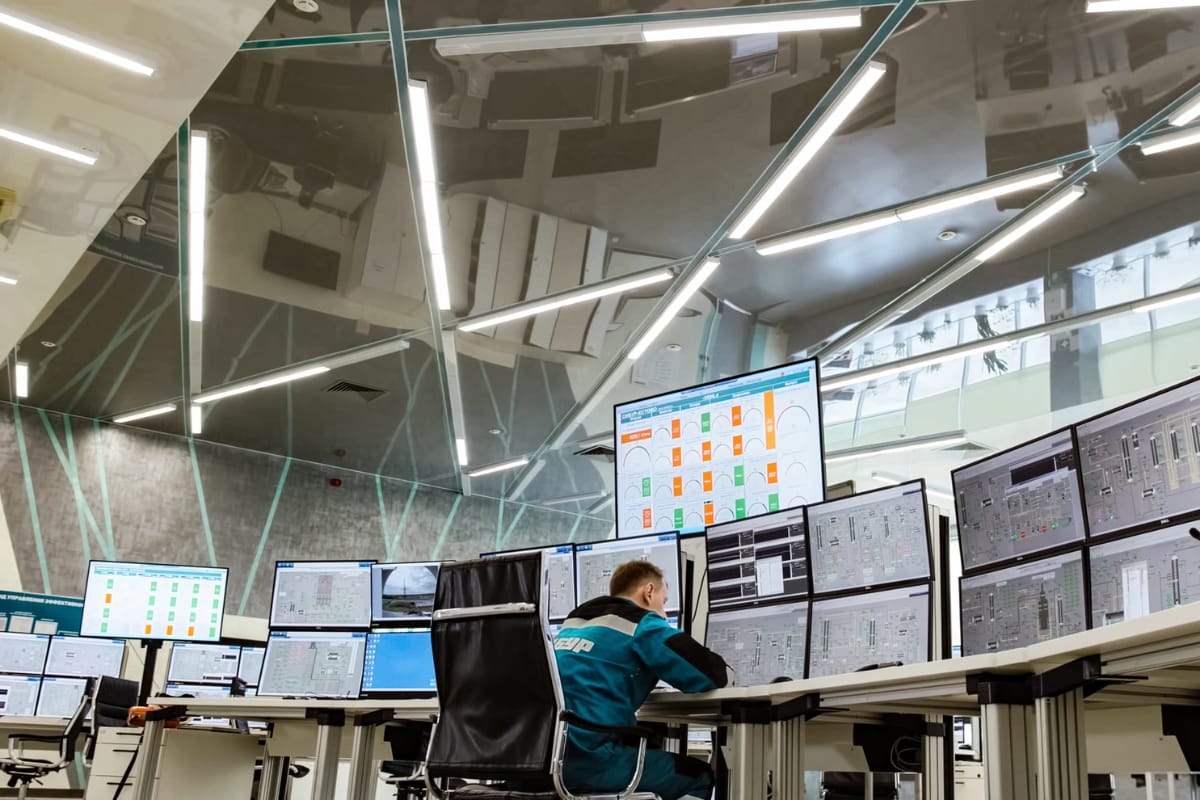
When it comes to cost-effective energy solutions for commercial buildings, HVAC advancements play a crucial role in transforming efficiency. These technological innovations in heating, ventilation, and air conditioning systems not only optimize energy usage but also contribute to creating a comfortable indoor environment for occupants.
Energy efficiency is essential in commercial buildings to reduce operational costs and environmental impact. HVAC advancements such as variable refrigerant flow (VRF) systems and smart thermostats enable precise temperature control and better energy management. By utilizing these solutions, businesses can significantly lower their utility bills while maintaining a conducive workspace.
Moreover, the integration of building automation systems (BAS) further enhances energy efficiency in commercial buildings. BAS technology allows for centralized monitoring and control of various building systems, including HVAC, lighting, and security. This centralized approach ensures that energy consumption is optimized based on real-time data and occupancy patterns.
Another cost-effective energy solution for commercial buildings is the use of energy recovery ventilation (ERV) systems. ERVs help capture and transfer energy from the outgoing air to precondition the incoming fresh air. By recovering heat or coolness from the exhaust air, ERV systems reduce the workload on HVAC equipment, leading to energy savings and improved indoor air quality.
Furthermore, the adoption of renewable energy sources such as solar panels can supplement traditional HVAC systems, reducing reliance on grid electricity. Integrating solar power with HVAC advancements allows commercial buildings to generate clean energy on-site, further cutting down operational costs and carbon footprint.
In conclusion, leveraging HVAC advancements in conjunction with energy-efficient technologies like VRF systems, BAS, ERVs, and solar panels can significantly enhance the energy performance of commercial buildings. By embracing these cost-effective solutions, businesses can achieve sustainable operations while creating a healthier and more productive environment for occupants.
IoT Connectivity: Redefining Building Automation
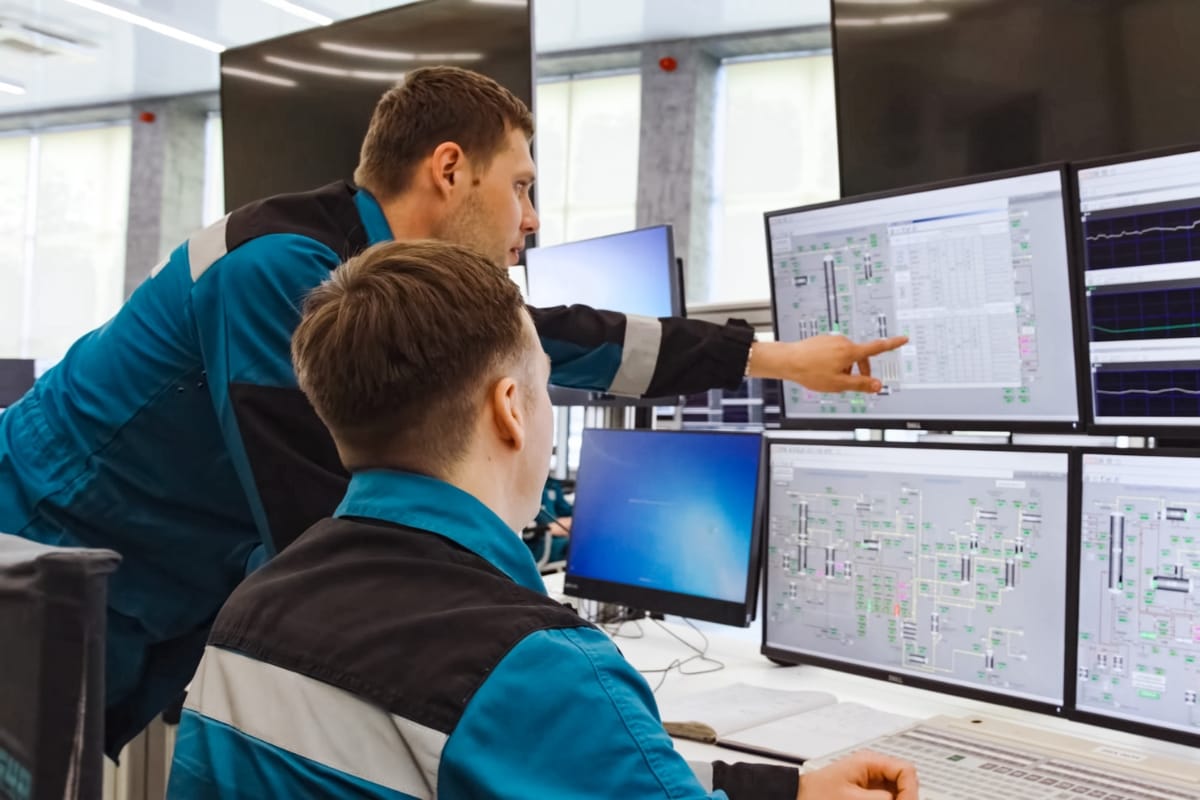
In the realm of commercial building efficiency, HVAC advancements play a pivotal role. With the integration of IoT connectivity, these advancements are taking building automation to new heights.
HVAC systems have long been essential for maintaining comfortable indoor environments while maximizing energy efficiency. However, with the latest IoT technologies, these systems are becoming even more intelligent and adaptive.
One key aspect of HVAC advancements is the ability to monitor and adjust temperature and airflow in real-time based on occupancy levels and environmental conditions. This level of automation not only enhances comfort for building occupants but also leads to significant energy savings.
Moreover, IoT connectivity allows for predictive maintenance of HVAC systems. By analyzing data from sensors and equipment, building managers can proactively address potential issues before they escalate, thus minimizing downtime and repair costs.
Another benefit of integrating IoT with HVAC systems is the ability to optimize energy usage. By leveraging data analytics and machine learning algorithms, buildings can automatically adjust settings to reduce energy consumption during off-peak hours or when spaces are unoccupied.
Furthermore, IoT connectivity enables seamless integration with other building systems such as lighting and security. This interconnected ecosystem allows for holistic building management, where different systems can communicate and coordinate to enhance overall efficiency and functionality.
Conclusion: Embracing the Future of Commercial Building Efficiency
Embracing the latest HVAC advancements is essential for maximizing efficiency, reducing costs, and creating comfortable environments in commercial buildings. Modern systems not only improve air quality but also contribute to sustainable energy practices.
When it comes to transforming your commercial building with cutting-edge HVAC solutions, trust Galgon HVAC & Mechanical Service. Call us at (404) 352-1500 or request a service or get a free quote through our site form. Let us help you optimize your building’s performance with tailored, state-of-the-art HVAC solutions.

